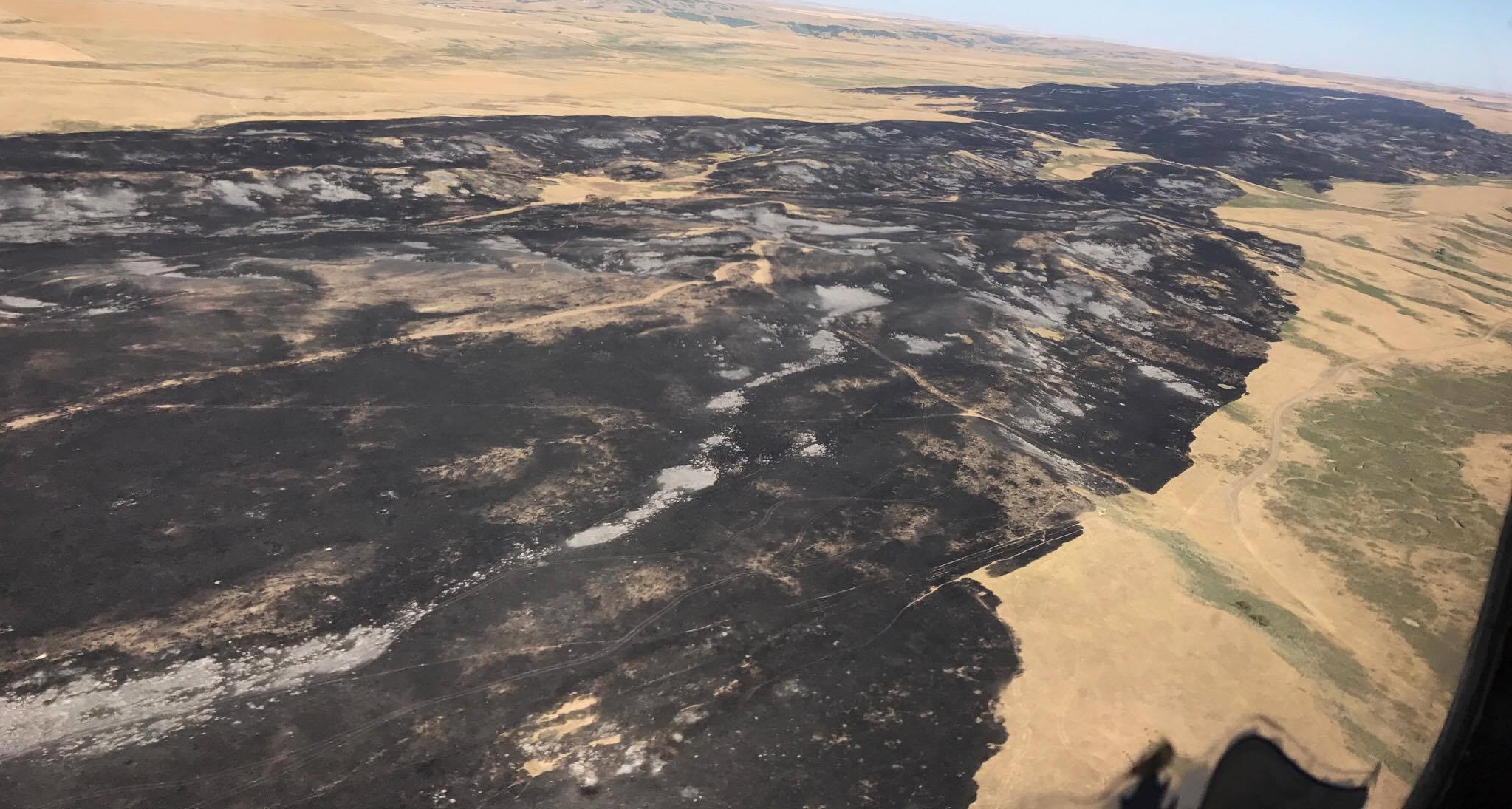Wildfires in the southwest and western half of the province last fall destroyed a significant portion of tame and native grassland.
A number of factors will play into the recovery of the tame and native grasslands damaged by last falls wildfires in the province.
Regional Forage Specialist Trevor Lennox says a key factor, of course, will be moisture, as well as the fires temperature and extent of the damage to the plant and its roots.
"It's one thing for a quick fire to go and to take off, but does that fire burn down into the organic matter as well," he said. "If so you will then expose more of the bear soil again, and it's a lot slower recovery from that."
The Burstall fire covered about 75,000 acres, the Tompkins fire nearly 10,000 acres, while a fire in Glentworth burned about 3000 acres in September.
Lennox says the biggest factor in range recovery over the next couple of years after a fire is moisture.
"If you have above average precipitation year, those patches can heal quite quickly," he said. "If it stays dry and below moisture precipitation, those pastures just take longer to recover; it might be two or years or even more. Usually the drier the moisture situation after the fire the longer it takes to recover."
He notes history shows native grasslands can recover quite well if they get the moisture they need.














